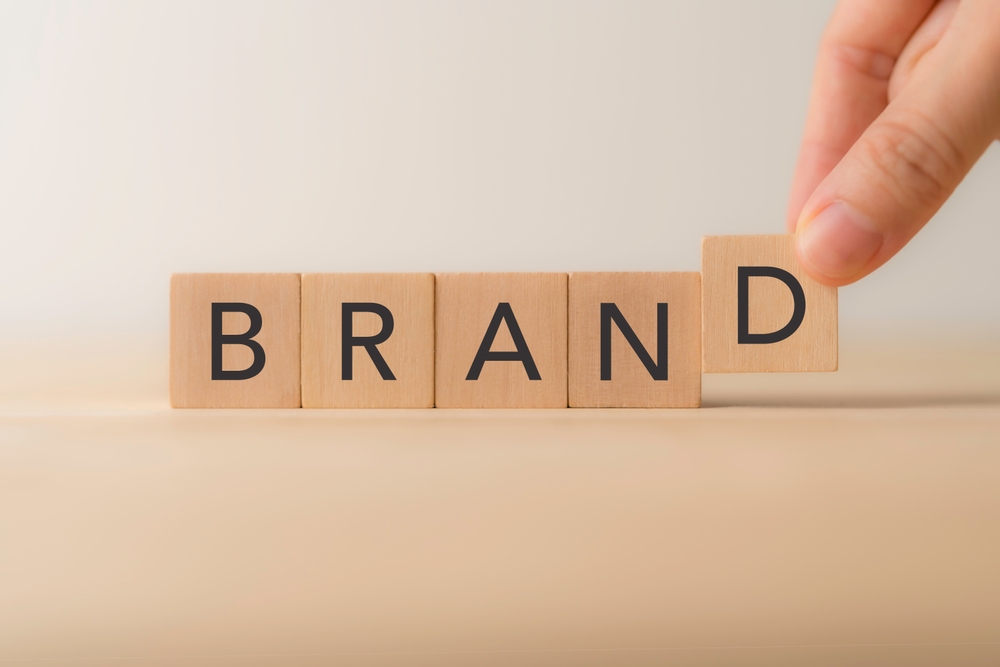Direct-response engagement costs, especially in the Google/Meta duopoly, have risen to a point of near-unsustainability for many performance marketers. Whether it’s Google’s CPCs increasing 10% year over year or Meta’s bottom-of-funnel CPMs being more than 100x more expensive than upper-funnel CPMs (in a number of accounts I’ve encountered lately), the bottom of the funnel is hostile ground for performance goals like ROI and ROAS.
In short, lots of performance marketers are questioning whether they can afford to spend on direct-response campaigns to grow or maintain revenue.
But for smart performance marketers, it’s not a question of whether to spend or cut. It’s a question of allocation—and of revising the old marketing practice of separating branding and performance campaigns.
Branding as a Solution
There have always been obstacles—largely related to measurement—that keep performance-focused marketers from leaning into brand marketing and its softer metrics, like impressions and reach. Today’s landscape introduces a different obstacle (prohibitive performance marketing costs) while helping mitigate the old one (a lack of clarity on brand marketing’s business impact). Put another way, performance marketers who ignore branding are failing to embrace a new solution to help solve their worsening performance problem.
What’s changed to bring brand marketing’s value into focus? First, the ad platforms themselves—particularly Meta, which has the maturity and full-funnel scope to pull it off—have free tools that make it easier for brands to measure the lower-funnel impact of upper-funnel campaigns. One of those, Robyn, is a media mix modeling (MMM) tool that does require dev resources to implement but provides a look at how past channel spend affected revenue—and provides recommendations for more effective future allocation. Another tool is performance branding measurement studies, which we’ve seen can ultimately lead to double-digit increases in reach and decreases in CPA.
Marketers skeptical of platform tools also have plenty of third-party options (the Rockerboxes and ChannelMixes of the world, which provide channel-agnostic measurement models like MMM and multi-touch attribution). Yes, they can be costly, but they provide privacy-safe attribution options that are quickly becoming vital as marketers move away from third-party cookies.
More holistic measurement tools are also helping smarter marketers ask and answer more important questions—less “How can I find small ROAS improvements in my retargeting campaigns” and more “When and where can I most effectively spend to bring users into the purchase journey”?
Answering the latter can break the pattern of rising engagement costs and help introduce marketers to full-funnel possibilities of achieving both scale and efficiency. (Anecdotally, we’ve found that almost every marketer who starts exploring healthier budget allocation sees that they’ve been over-indexing in paid search, particularly brand search and retargeting, and finds immediate gains from shifting spend to more upper-funnel social channels.)
To get real traction with a more integrated funnel approach, I recommend starting with small bites:
- Start by assessing and cleaning your data. It takes roughly two years of historical data to get effective MMM recommendations for where to spend your next dollar, so make sure the data you have on hand is ready for use.
- Make sure you’re leveraging that data as much as you can. This means back-end integration with Google’s Enhanced Conversions and Meta’s Conversions API to give you a full picture of the value of your users’ engagement, no matter where that engagement begins.
- Identify one bottom-funnel campaign that’s in dire need of a zoom-out. Maybe this is a longstanding campaign with solid historical data that’s seen engagement costs rise steadily for a year or more despite refreshed creative and diligent optimization.
- Structure one lift (or geo holdout) test to measure the precise revenue impact of turning off that campaign. I’m guessing a well-structured test will show that your performance campaigns weren’t fully incremental to begin with, which will help you convince your executive team (if needed) that shifting budget away from a performance campaign carries less risk than they might think.
- Prepare yourself to embrace the metrics of reach and frequency—across channels and campaigns. It’s easy to miss that you might be hitting the same audience over and over again in multiple channels. True growth lies in educating new potential customers about your products.
- Double down on creative in preparation for branding campaigns. When you’re increasing reach, consumers are learning about your brand for the first time. First impressions matter.
- Conduct one Meta performance branding test to see the effects on CPA and scale.
Even if the results don’t produce epiphanies about the opportunity to spend more effectively by approaching the funnel as a whole, the exercise will help you start building a stronger approach to overcome current marketing challenges.
If we’re too close to the holiday rush for you to build a more sustainable strategy instead of capturing the short-term surge of purchasing intent, fair—but make sure your 2025 marketing resolutions start with a fresh new perspective on your approach to user engagement.
Bryan Karas is CEO of growth consultancy Playbook Media.




